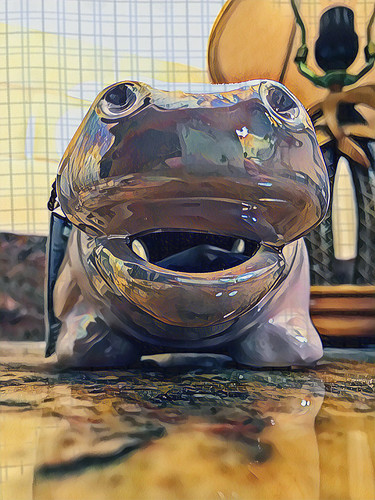Colombia’s Exploding ‘Cocaine Hippo’ Population Worries Scientists and Residents
Hippo #Hippo

Colombian drug kingpin Pablo Escobar may have died three decades ago, but part of his legacy lives on in his native Colombia—namely, his prized hippopotamuses. Today, the descendants of those hippos have become a big problem throughout the country.
Escobar imported four hippos—three females and one male—from Africa to Colombia in the late 1980s. After his death in 1993, they were left to roam freely in the marshy areas of Colombia’s Antioquia department. Since then, the original “cocaine hippos” have been reproducing rapidly. There were an estimated there 98 hippos in the country in 2020; a 2022 census found that number ballooned to between 181 and 215, nearly doubling in just two years.
“Before, one argument against dealing with the hippos was that our information was limited and our arguments theoretical,” Rafael Moreno, a scientist who participated in the study while at the Alexander von Humboldt Biological Resources Research Institute in Bogotá, told Nature of the findings. “But we have put that argument to bed now. This study shows that this is a real issue, and that the state must act urgently.”
Related: Colombia’s Ecotourism Wave Is Turning Former Guerillas Into Nature Guides
37 percent of these hippos are juveniles and 35 percent are young adults, signaling that the hippos are breeding rapidly. Some researchers hypothesize that the lush conditions in Colombia have been causing the hippos to reach sexual maturity sooner than normal.
The hippos have been running rampant in recent years, causing serious attacks on humans in 2020 and 2021. In March 2023, one hippo scared parents as it entered a school playground, while a car crash the following month left one hippo dead on the side of the road.
The Colombian government has proposed a few possible solutions to the problem, but they aren’t cheap. One option is to give the hippos contraceptives, but it would take approximately 45 years to complete eradication and cost at least $850,000. Another option is to capture and castrate them, which would take a projected 52 years and $530,000 to see them eliminated.
Story continues
The most drastic but perhaps the most feasible option in the short term is to kill the hippos. Given that Colombia is the second-most biodiverse country in the world, the native flora and fauna in the country can’t afford decades of invasive species roaming unchecked.
“There is a moral weight to the decision to cull a hippo. But the weight of the other decision—inaction—is far greater,” Moreno said. “I hope this is something the politicians will understand.”
Is it too soon for a National Geographic-style Narcos spinoff called Hippos?